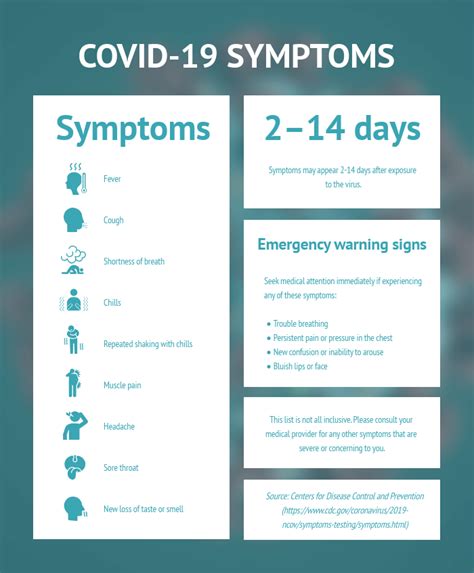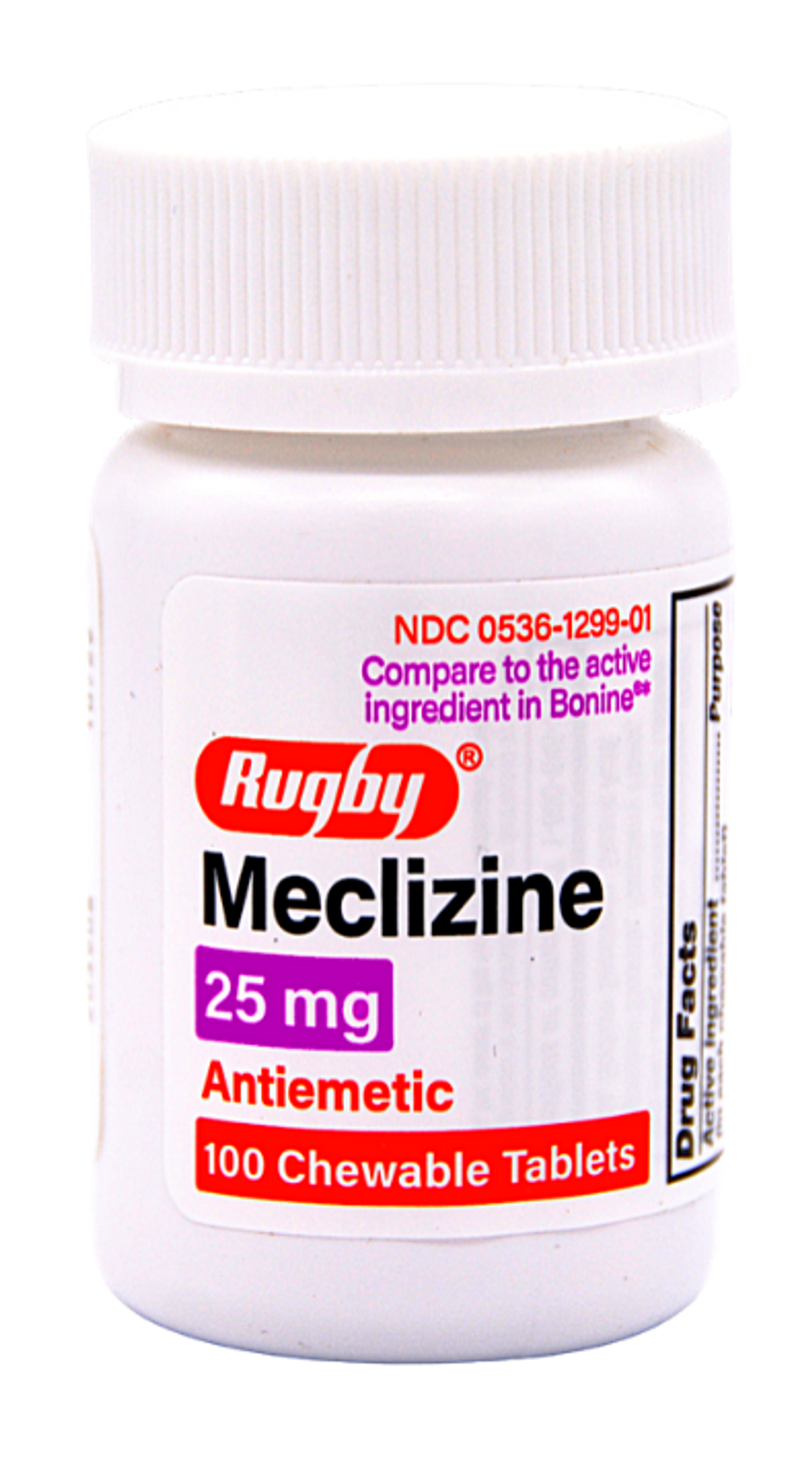The emergence of COVID-19 symptoms can vary significantly from person to person, with some individuals experiencing severe symptoms within days of infection, while others may remain asymptomatic or develop mild symptoms over a longer period. Understanding the timeline of COVID-19 symptoms is crucial for early detection, self-isolation, and seeking medical care when necessary.
Incubation Period: The Initial Phase
The incubation period of COVID-19, which is the time between exposure to the virus and the onset of symptoms, typically ranges from 2 to 14 days, with an average of 5 to 6 days. During this phase, an individual may not exhibit any symptoms but can still transmit the virus to others, emphasizing the importance of strict adherence to preventive measures such as masking, social distancing, and hygiene practices.
Early Symptoms: The First Signs
The early symptoms of COVID-19 can be mild and may resemble those of a common cold or flu. Common initial symptoms include:
- Fever: Often one of the first signs, fever can range from mild to severe.
- Dry Cough: A persistent, dry cough is common and can be irritating.
- Fatigue: Feeling extremely tired or weak is a prevalent early symptom.
- Headache: Ranging from mild to severe, headaches can be an early indicator.
- Sore Throat: Though less common than in other respiratory infections, sore throats can occur.
- Runny Nose or Stuffy Nose: Less frequently, COVID-19 can cause nasal symptoms.
- Diarrhea: Some people may experience gastrointestinal symptoms, including diarrhea.
- Nausea or Vomiting: These can also be part of the early presentation in some cases.
Progression of Symptoms: From Mild to Severe
As the disease progresses, symptoms can worsen, leading to more severe manifestations such as:
- Shortness of Breath or Difficulty Breathing: This can develop as the virus affects the lungs.
- Chest Pain or Pressure: Severe cases can cause discomfort in the chest.
- Loss of Appetite: Feeling less hungry is common as the body fights the infection.
- Confusion: In severe cases, especially in older adults, confusion can be a symptom.
Severe Symptoms and Emergency Signs
Certain symptoms indicate a severe case of COVID-19 that requires immediate medical attention:
- Difficulty Breathing or Shortness of Breath: When breathing becomes severely labored.
- Persistent Pain or Pressure in the Chest: Indicative of potential heart involvement.
- Inability to Stay Awake or Confusion: Can be signs of severe illness or low oxygen levels.
- Pale, Blue-tinged, or Cold Skin: Indicates poor circulation.
- Severe Headache: A severe headache with confusion can signal serious complications.
Long-term Symptoms: Understanding Long COVID
Some individuals may experience long-term effects from COVID-19, known as “Long COVID” or Post-Acute COVID-19. Symptoms can persist for weeks or even months after recovery and may include:
- Persistent Fatigue: Ongoing feeling of tiredness.
- Shortness of Breath: Can persist after the acute phase.
- Cough: A dry cough may linger.
- Joint Pain or Muscle Pain: These can persist or recur.
- Cognitive Difficulties: Sometimes referred to as “brain fog,” difficulty concentrating or memory issues can occur.
Conclusion and Recommendations
The timeline of COVID-19 symptoms varies significantly among individuals, and understanding this variability is key to managing the disease effectively. Early recognition of symptoms followed by appropriate action, such as self-isolation and seeking medical care when needed, can significantly impact outcomes. Furthermore, adherence to public health guidelines, including vaccination, can prevent infection and reduce the risk of severe disease.
Given the dynamic nature of COVID-19, staying vigilant and proactive in preventive measures and symptom recognition is crucial for controlling its spread and mitigating its impact on individuals and communities.
What is the average time it takes for COVID-19 symptoms to appear after exposure?
+The average time for symptoms to appear is around 5 to 6 days, but this can range from 2 to 14 days.
Can you transmit COVID-19 before symptoms appear?
+Yes, individuals can be infectious before the onset of symptoms, emphasizing the importance of preventive measures such as masking and social distancing.
What are the emergency signs of COVID-19 that require immediate medical attention?
+Difficulty breathing, persistent pain or pressure in the chest, inability to stay awake or confusion, and pale, blue-tinged, or cold skin are signs that require immediate medical attention.
In conclusion, understanding the timeline and progression of COVID-19 symptoms, coupled with adherence to public health guidelines, is paramount in the fight against this pandemic. By staying informed, recognizing symptoms early, and taking appropriate actions, we can work towards mitigating the spread of COVID-19 and supporting those affected by it.



